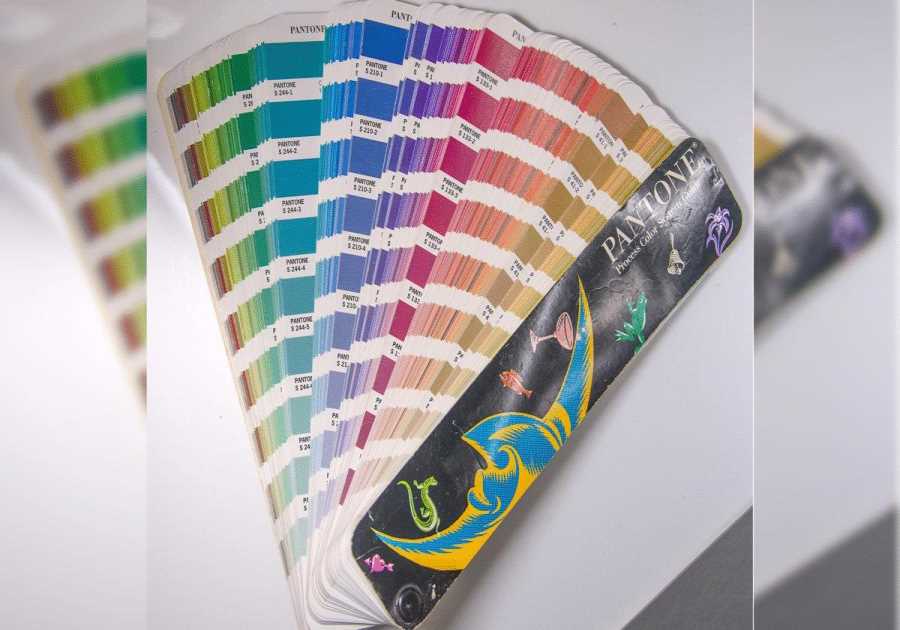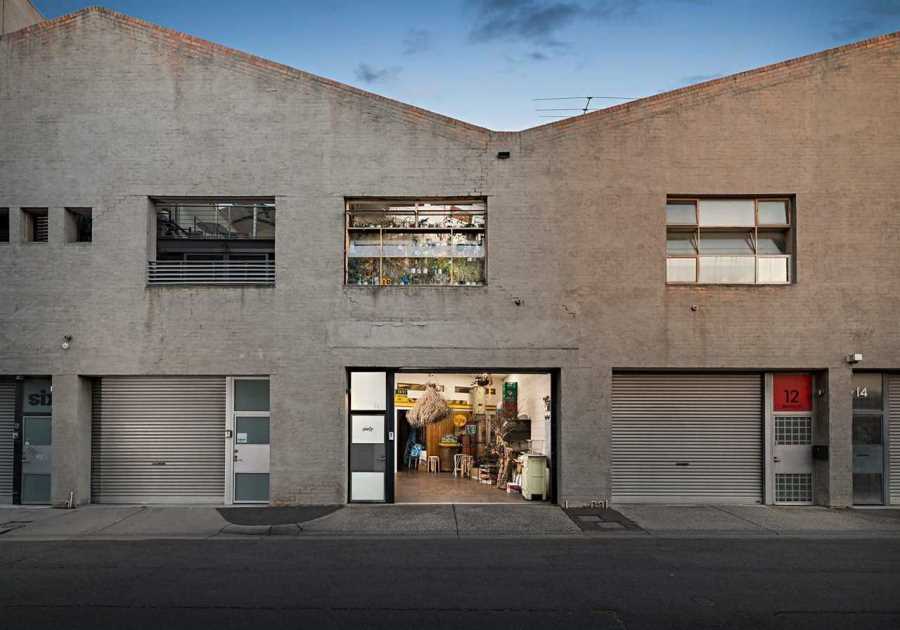Transporting your prized vehicle across states poses risks. The long trip exposes it to weather, road debris, dings, and theft. You have two options: open or enclosed carriers. Open carriers cost less but leave your car exposed. Enclosed trailers protect your vehicle but cost more.
An open carrier would move a sedan from Ohio to Florida for $500. But the paint could fade under the hot sun without protection. An enclosed trailer for $750 would shield a pristine 1957 Thunderbird convertible from rain or debris that could ruin the upholstery.
How do you evaluate the trade-offs and choose what’s suitable for your specific vehicle? This definitive guide looks at the pros and cons of open versus enclosed transport using expert insights. It provides considerations around cost, vehicle types, safety, and timing.
With this knowledge, you can determine if an open or enclosed carrier makes the most sense for your needs – optimizing value, security, and peace of mind. Let’s start by understanding both delivery options.
What are Open Car Carriers?
Open carriers, also known as open trailers or auto haulers, are the most common way to transport vehicles state-to-state in the US. As the name suggests, open carriers are trailers without sides or roofs.
The vehicles are loaded in two rows, one on top of the other. The lower deck usually carries 2-3 vehicles, while the upper deck carries 1-2 smaller cars. Open trailers can transport around 5-9 vehicles at once.
Some key benefits of open car carriers:
- Cost-effective – Open transport costs 20%-30% less than enclosed transport on average. For budget-conscious customers, open carriers offer significant savings.
- Flexible loading – Open trailers can easily accommodate cars, pickup trucks, SUVs, and vans on both decks. The mix of vehicle sizes can be adjusted based on transport needs.
- Faster loading/unloading – Without walls, open carriers can be quickly loaded and unloaded from the sides using ramps. This results in quicker transit times.
- Ventilation – The open design allows ample airflow circulation to prevent condensation buildup and corrosion during transit.
Open carriers work well for most types of vehicles, including family sedans, trucks, and fleet vehicles that don’t need extra protection from weather or road debris.
What are Enclosed Car Carriers?
Enclosed carriers are trucks or trailers wholly enclosed on all sides with a roof. The enclosure protects vehicles from external elements like rain, snow, dust, and road hazards.
Enclosed carriers typically transport high-value vehicles such as sports cars, classic cars, race cars, and exotic vehicles. Only 2-3 vehicles fit inside an enclosed carrier at once.
Benefits of enclosed auto transport include:
- Protection: The fully enclosed metal structure protects vehicles from rain, snow, wind, and road debris that can damage paint finishes and vehicle exteriors. Interior damage is also prevented by shielding from flung rocks, road salt, and weather elements.
- Security: Full metal sides, roof, lockable door access, and lack of external exposure deter theft and vandalism considerably compared to open carriers. Valuable vehicles also have anonymity inside a nondescript enclosed trailer.
- Discreet: For exotic, vintage, and other high-value vehicles, an enclosed carrier offers a discreet, low-profile transportation option. This added discretion is desirable when transporting expensive luxury, sports, and classic cars cross-country.
- Climate control: Advanced climate systems in enclosed trailers maintain optimal temperature, humidity, and ventilation levels to safeguard vehicles. This prevents issues like condensation, fogging, and corrosion, especially for vintage cars.
- Door-to-door service: White glove service is the norm with enclosed transport. Many carriers offer door-to-door pickup and delivery for maximum convenience when transporting luxury automobiles. This minimizes the risks of damage during loading/unloading.
For luxury, vintage, high-performance vehicles, enclosed transport is often the safest choice.
Cost Comparison: Open vs. Enclosed Carriers
One of the most significant factors in deciding between open and enclosed carriers is the cost difference. On average, enclosed car transport costs 20%-60% more than open transport.
Here’s a cost comparison of crucial factors:
- Base transport cost – The base transport cost for enclosed carriers starts higher due to more expensive equipment, limited cargo capacity, and specialized features. For the same distance, enclosed trailers have a higher rate.
- Limited cargo capacity – Enclosed carriers fit fewer vehicles, leading to higher vehicle costs. Open carriers transport 4-6 more cars, sharing the cost.
- Specialized equipment – From lift gates to climate control, enclosed trailers require more customized gear, adding to costs.
- Door-to-door service – For enclosed carriers, door-to-door pickup and delivery is more labor-intensive, adding to the bottom line.
- Insurance – Enclosed transport requires higher insurance coverage for expensive vehicles and cargo than open transport.
While costs vary by company and region, the additional expense may be worth it for certain vehicles like classics and exotics where protection is paramount.
When shipping a car to another state, like family sedans, trucks, or fleet vehicles, open carriers offer a budget-friendly option without compromising safety and schedules.
Safety and Security: How Open and Enclosed Compare
Safety and security are significant factors in the transport decision-making process.
Safety Steps: Open Vs Enclosed
On the safety front, both open and enclosed carriers offer reassuring features:
Open carrier features:
- Sturdy steel ramps for smooth loading/unloading
- Chains/straps to firmly secure vehicles in place
- A low center of gravity prevents tipping risk
- DOT inspections and maintenance protocols followed
Enclosed carrier features:
- Hydraulic lift gates for easy access
- Tie-downs inside the trailer to hold cars in place
- Interior padding protects from vehicle-to-vehicle contact
- Climate control maintains ideal conditions
Reputable companies use modern equipment, train drivers extensively, and comply with federal regulations for either transport mode.
Security Against Theft/Damage
Enclosed carriers provide much greater security versus open carriers:
- A wholly enclosed metal structure deters access from outsiders
- Lockable doors increase protection when parked
- Greater anonymity for high-value cars
- Padding prevents paint damage from road debris
- Climate control reduces condensation and corrosion
Open carriers rely on driver vigilance and security features like GPS tracking for theft prevention. Vehicle exposure leads to a slightly higher risk of vandalism, although rarely an issue with professional companies.
How to Decide: Open or Enclosed Carrier?
So when should you opt for an open carrier or an enclosed carrier? Here are a few key factors to consider:
-
Vehicle Type
- Everyday vehicles – For everyday vehicles like family sedans, pickup trucks, and fleet vehicles – an open carrier is typically the sensible and economical choice. These cars don’t warrant the extra protection.
- Luxury/vintage – For high-value luxury and vintage vehicles like Lamborghini, Porsches, rare 1960s Mustangs, or vintage hot rods – an enclosed carrier is highly recommended to protect the significant investment in these prized automobiles.
- Exotic imports – For exotic imported vehicles that are rare and very expensive, such as Ferraris, Rolls Royces, and Bentleys – an enclosed carrier minimizes risks. It provides discreet, high-level protection for these status symbols.
-
Distance of Transport
- Short distance (<500 miles) – For short-distance transport under 500 miles, an open carrier likely suffices to get the vehicle safely to the destination. Enclosed is not critical for short hauls.
- Long distance (>1000 miles) – For very long-distance transport over 1,000 miles, an enclosed carrier is strongly recommended. The enclosed carrier shields the vehicle from weather damage like rain, snow, and wind, as well as road debris that takes a toll over such long distances.
-
Location Constraints
- Tight spaces – For transport in dense urban areas with tight spaces, low clearance zones, and narrow streets, enclosed carriers can navigate these spots better and prevent accidental scrapes.
- Mountainous terrain – In mountainous terrain with steep inclines, open carriers handle the gradients exceptionally well due to their lower center of gravity than tall, enclosed trailers.
-
Budget Limitations
- Fixed budget – Vehicle owners with a fixed transport budget open carriers provide substantial cost savings that make vehicle transport feasible compared to pricier enclosed services.
- Flexibility – If budget flexibility allows, the extra expense for enclosed transport may be worth it for high-value classic, exotic, vintage cars where protection is the top priority.
-
Time Factors
- Faster transit time – Open carriers allow for much faster loading and unloading of vehicles through the sides, which speeds up overall transit time. This makes them preferable for time-sensitive vehicle transport where you need the fastest delivery.
- Vehicle preparation – Enclosed transport often requires 1-2 days of preparation to safely secure vehicles inside using custom hydraulic lifts, wheel straps, and padding material. The entire process is more labor intensive, which can extend timelines.
Conclusion
Whether you choose an open auto carrier or an enclosed trailer to transport your vehicle across states, the most important factors to consider are cost, protection, vehicle type, distance, location constraints, timeliness, and hiring a reputable company. Enclosed transport is more expensive but provides maximum protection for high-value vehicles like exotics, vintage cars, and luxury models, especially for long distances over 1,000 miles.
Open carriers offer a more budget-friendly option for sedans, trucks, and fleet vehicles traveling shorter distances. Tight urban delivery routes favor enclosed trailers, while open carriers handle steep mountain driving better. For time-sensitive jobs, open carriers load faster. Be sure to get quotes from carriers on both service types and discuss any special requirements before deciding what best fits your vehicle type, route, budget, and schedule.
Most vital is hiring a company with modern equipment, trained drivers, and excellent safety ratings to minimize risks. Doing your due diligence means you can relax knowing your prized automobile will arrive safely at its destination in like-new condition.
Frequently Asked Questions FAQs
What is the difference between open and enclosed carriers?
Open carriers are flatbed trailers that transport vehicles exposed to the elements. Enclosed carriers are covered metal trailers that fully protect vehicles inside.
How does weather impact the choice between open and enclosed carriers?
Harsh weather can damage vehicles on open carriers. Enclosed trailers are shielded from rain, wind, and road debris, providing climate-controlled conditions.
What are the cost differences between open and enclosed state-to-state transport?
Enclosed transport costs 20%-60% more than open carriers on average due to limited cargo capacity, specialized equipment, and door-to-door service.
How do I decide which type of carrier is best for my vehicle?
For high-value, vintage, and exotic vehicles, enclosed are best. For everyday sedans, trucks, and fleet vehicles – open carriers work fine.
What are the safety considerations when choosing a transport method for my car?
Both offer safety features like straps, lifts, and padding. But enclosed maximizes protection from weather and theft risks.
Can I transport a luxury or classic car using an open carrier?
Luxury and classic cars can be transported on open carriers but have higher risks of damage without the protection of an enclosed trailer.
What insurance coverage is available for open and enclosed car transport?
Carriers offer insurance policies covering vehicles in transit. Enclosed transport requires higher coverage for expensive vehicle cargo.
How long does state-to-state transport take with each type of carrier?
Transit time is similar, though enclosed loading/unloading takes longer. Open carriers are faster for time-sensitive trips.
Are there any restrictions on what can be transported with open or enclosed carriers?
Overly tall/long vehicles may not fit in enclosed trailers. Open carriers are more flexible except for low-clearance bridges.
How should I prepare my vehicle for transport in an open or enclosed carrier?
For open transport, wash the vehicle and remove the antennas. For enclosed, turn off alarms, partially fill the gas tank, and disconnect the battery.
Interesting Related Article: “All About Freight Services- A Guide“
------------Read More
By: David Jones
Title: Open vs. Enclosed Carriers: Making the Right Choice for State-to-State Auto Transport
Sourced From: marketbusinessnews.com/making-right-choice-state-to-state-auto-transport/358712/
Published Date: Thu, 23 Nov 2023 06:17:11 +0000
.png)





